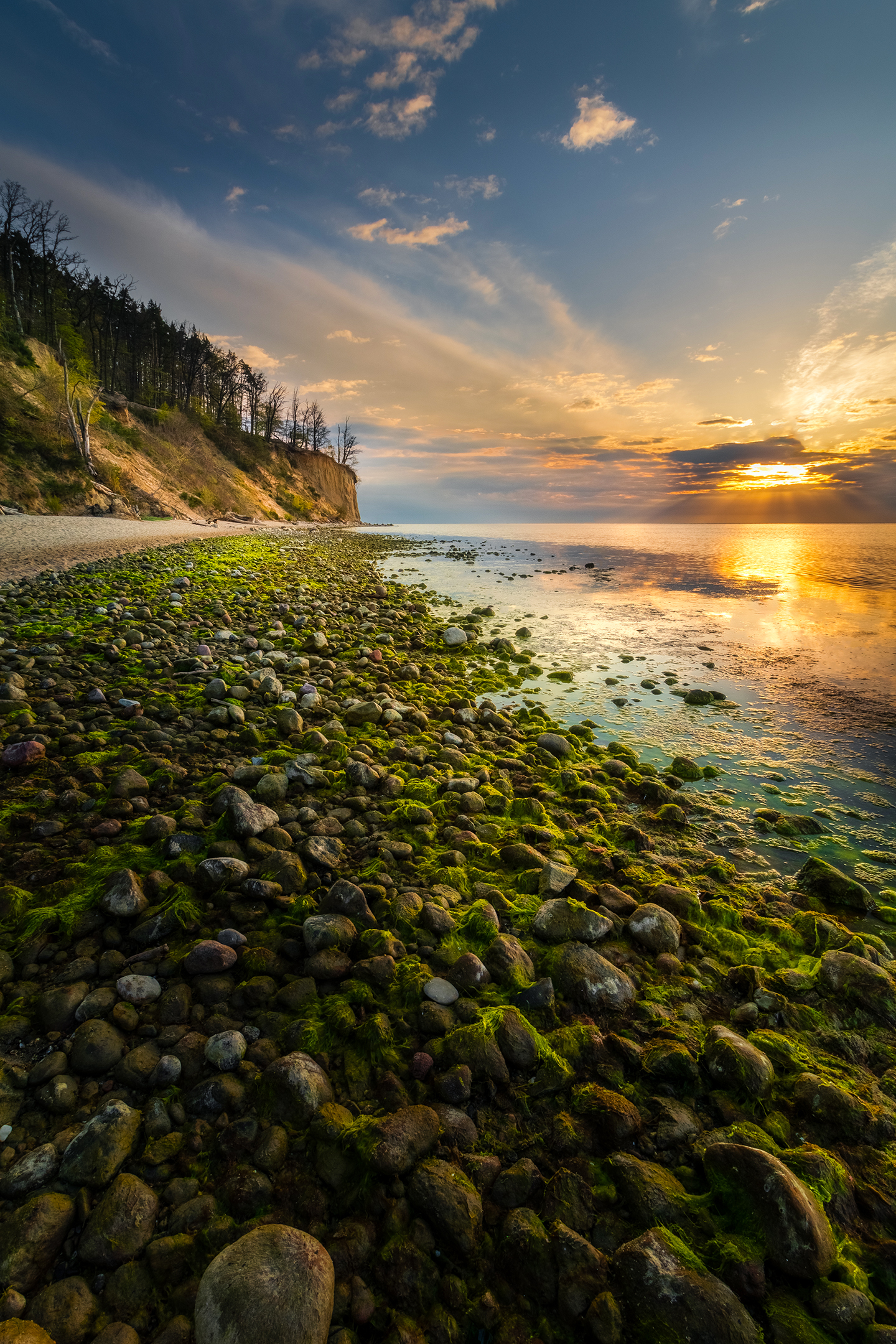10 pro photography tips for mastering summer landscapes
Keep these ten tips in mind for mastering summer light, compositions, and more
1. Use golden hues
Take advantage of the warm, soft light during the golden hour, shortly after sunrise or before sunset. This light enhances colors and textures, adding a magical quality to your summer landscapes.
2. Add interest
Incorporate foreground elements to create depth and add interest to your composition, drawing the viewer into the scene. For this, it’s better to avoid shooting at eye level by lowering the camera.
3. Try compositions
Experiment with different compositions such as leading lines, diagonals, or framing to create visually compelling images. When doing so, activate supporting features like grid lines in your camera menu.
4. Keep an eye on colors
Summer scenes are often filled with vibrant colors. Pay attention to the color contrasts and complementary shades, for example, green and red tones, to make your photos stand out and visually appealing.
5. Lengthen exposure
Use ND filters to blur the motion of water, creating a silky-smooth effect that adds a dreamy quality to your summer landscapes. They also enable you to capture the movement of clouds, adding dynamism.

6. Watch the weather
Summer weather can be unpredictable, but it can also provide opportunities for impactful shots. Storm clouds, rainbows, or dramatic skies can add an extra dimension to your summer landscapes.
7. Seek out reflections
Summer scenes may feature bodies of water, whether it is a calm lake, a babbling brook, or a tranquil pond. Use these surfaces to your advantage by capturing reflections that mirror the surrounding scenery.
8. Make the most of DOF
Experiment with depth of field to control what is in focus and create a sense of depth; the whole scene might be in focus or a specific subject gets isolated by using wide apertures to produce a shallow DOF
9. Explore perspectives
Think with your feet and change your point of view to find unique perspectives. Get low to the ground for a worms-eye view or climb to higher ground for a sweeping panorama or an elevated view.
10. Get out early
Summer mornings often bring fog or mist, especially in areas with bodies of water or dense vegetation. Use these atmospheric conditions to capture the soft, diffused light and the sense of mystery it creates.
This article originally appeared in Digital Photographer, a monthly magazine, and the kitbag essential for pros, enthusiasts, and amateurs alike!
Inside, you'll find practical guides, shooting tips, and techniques from working photographers, plus all the latest industry news.
You might be interested in our video explaining what is the rule of thirds, as well as our explainer on what is exposure in photography.
Get the Digital Camera World Newsletter
The best camera deals, reviews, product advice, and unmissable photography news, direct to your inbox!

Kim is the Staff Writer on Digital Camera World, and formerly Technique Editor at Digital Photographer, focusing on the art and science of photography. With a Master’s degree in Photography and Media, she is driven to educate through an analytical approach, visually and technically. With her guides and tutorials, Kim seeks to uncover new facets of this time-honoured medium and foster a deeper understanding of its profound role in culture. Kim highlights topics that resonate with modern society, including women in photography and critical issues such as environmental conservation. She also discusses and reviews camera gear, giving you an overview to find the best fit for your photography journey.

